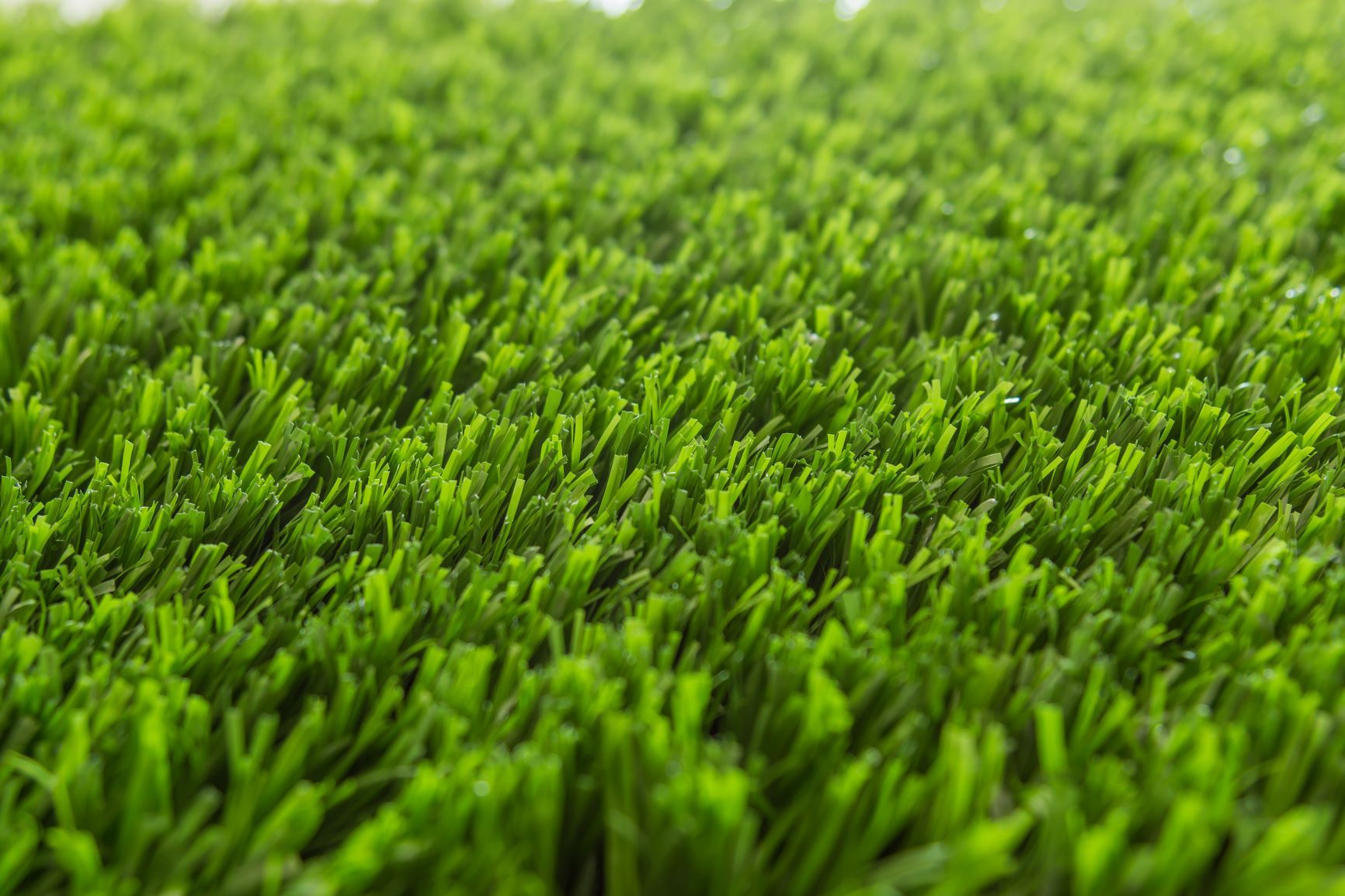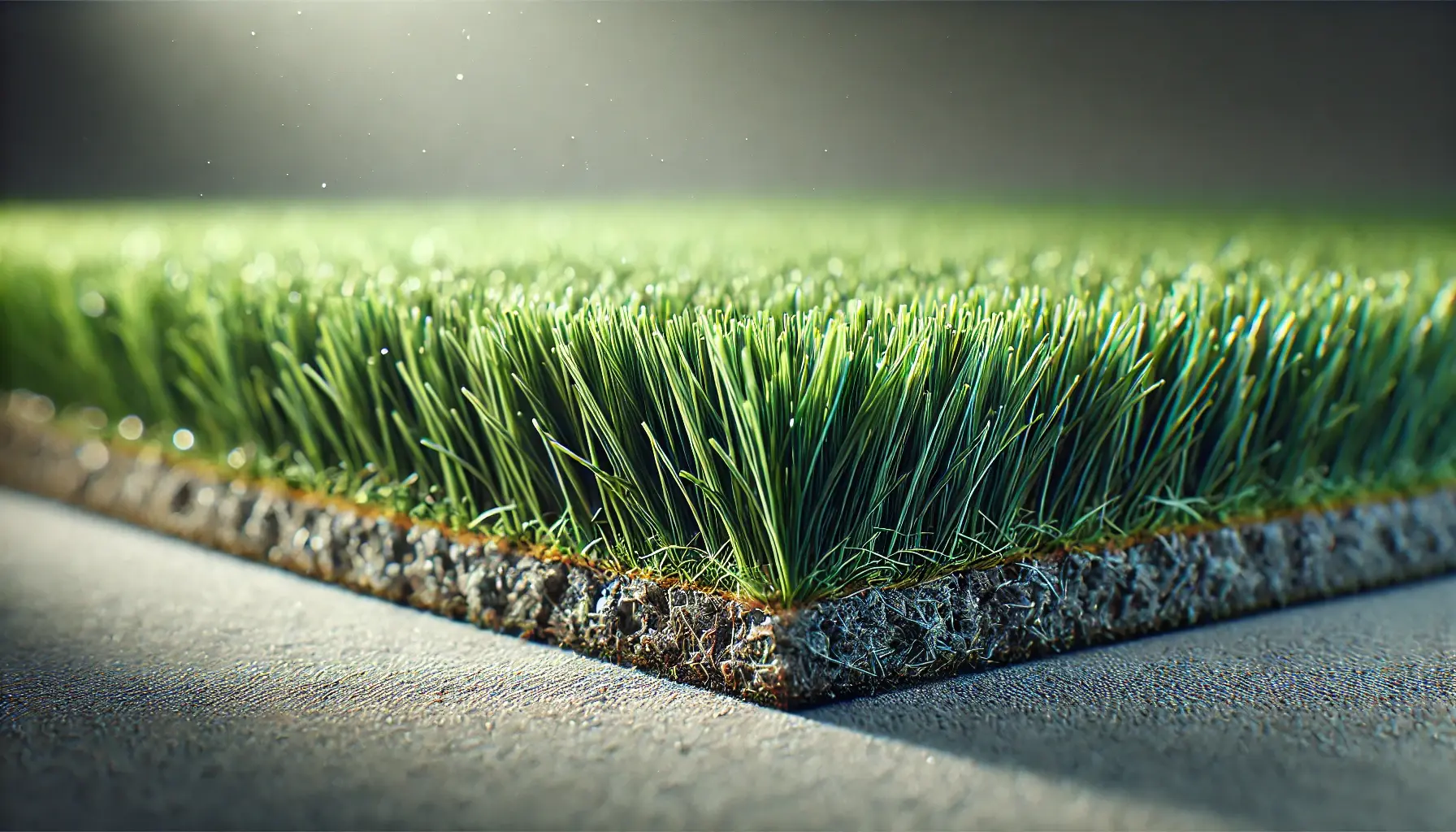Choose Reliable Artificial Turf Companies Phoenix for Your Outdoor Needs
Choose Reliable Artificial Turf Companies Phoenix for Your Outdoor Needs
Blog Article
Look Into the Environmental Advantages of Opting for Synthetic Grass Solutions
The fostering of synthetic grass solutions presents an engaging chance to deal with pushing environmental obstacles. By substantially lowering water use and lessening the application of dangerous chemicals, these alternatives not only advertise lasting landscape design yet additionally safeguard neighborhood environments. The lower carbon footprint associated with lowered maintenance tasks adds to a more lasting approach to land administration. The effects of these benefits prolong beyond plain preservation initiatives, increasing questions regarding their long-term influence on habitat preservation and overall ecological equilibrium. Exploring these measurements exposes a complicated interaction worth thinking about.
Water Conservation Conveniences
One of the most significant advantages of man-made turf is its capacity to preserve water. In comparison, man-made lawn does not need watering, substantially lowering the overall need for water sources.
By getting rid of the requirement for regular watering, synthetic grass adds to sustainable landscape practices and helps alleviate the environmental influence of too much water usage. The conservation of water extends to the reduction of overflow, which can lead to soil erosion and river air pollution.
In addition, the installation of fabricated grass enables home owners and municipalities to designate water resources more successfully, concentrating on important uses such as alcohol consumption water and agriculture. The change in the direction of synthetic grass not only promotes responsible water usage but likewise lines up with broader ecological objectives targeted at protecting all-natural resources.
As neighborhoods increasingly prioritize sustainability, the water preservation benefits of synthetic lawn present an engaging situation for its adoption in household and industrial landscaping jobs.
Reduced Chemical Use
The shift to synthetic grass considerably lowers the reliance on chemical treatments commonly used in natural yard maintenance. Traditional grass administration typically entails the application of herbicides, chemicals, and plant foods to advertise development and control insects. These chemicals can present dangers to human health, local wildlife, and the atmosphere, adding to soil and water contamination.
In comparison, artificial grass eliminates the requirement for these hazardous materials. By decreasing the release of artificial compounds into the ecosystem, fabricated grass advertises healthier soil and water systems.
Moreover, the lack of chemical runoff related to synthetic grass installations aids protect regional rivers from pollution, sustaining aquatic life and preserving biodiversity. Arizona turf. As communities significantly prioritize sustainable techniques, selecting synthetic grass presents a feasible remedy that aligns with ecological conservation objectives. Via this change, homeowner can take pleasure in lavish environment-friendly spaces without compromising environmental wellness, leading the way for a more sustainable future
Reduced Carbon Impact

Furthermore, the installation of synthetic lawn can result in substantial water conservation. All-natural lawns need significant quantities of water for watering, which not only contributes to the carbon impact related to water extraction and treatment however also strains local water resources. On the other hand, synthetic grass needs minimal maintenance, requiring no watering, thus considerably minimizing water use and its connected energy expenses.
In addition, the longevity of synthetic grass adds to its lower carbon effect. With a lifespan of as much as 15 years or more, the requirement for constant substitutes is lessened, causing less waste and reduced power usage in manufacturing and throwing away traditional yard choices. Generally, man-made grass offers a lasting choice for environmentally conscious landscape design.
Habitat Preservation
Habitat conservation is an important consideration in the discussion over landscape design options, particularly when contrasting man-made lawn to all-natural lawn. Natural yard yards commonly need comprehensive upkeep, including the use of plant foods, herbicides, and pesticides, which can adversely impact neighborhood communities. These chemicals can seep into the dirt and rivers, hurting native plants and fauna and interrupting regional habitats.
In comparison, synthetic grass presents an opportunity to lower the environmental impact of landscaping. By choosing artificial turf, homeowners can decrease the disruption of natural habitats connected with typical lawn treatment techniques. Fabricated turf eliminates the requirement for dangerous chemicals, thereby securing neighboring wild animals and preserving the honesty of surrounding communities. The installment of fabricated lawn can lead to the conversion of former yard areas into more biodiverse landscapes, such as pollinator gardens or native plant locations, which can support local wildlife.
Ultimately, the transition to artificial grass not only preserves water and decreases maintenance initiatives yet likewise promotes a more harmonious connection in between human activities and the natural setting, advertising environment preservation in the procedure.
Long-Term Sustainability
Lasting sustainability is a critical variable in examining the advantages of synthetic turf this website over traditional yard lawns. Among the most significant advantages of synthetic grass is its toughness; it can last approximately 15-20 years with very little upkeep, whereas all-natural grass needs regular reseeding and substitute. This durability reduces find more info the demand for continuous sources, such as water, fertilizers, and chemicals, which are necessary for preserving a healthy and balanced yard yard.
Furthermore, synthetic grass adds to a decrease in carbon discharges related to yard treatment equipment. Conventional lawns commonly require gas-powered lawn mowers, leaners, and blowers, all of which add to air pollution. Arizona artificial turf. In contrast, artificial grass eliminates the requirement for such tools, promoting a cleaner atmosphere
Furthermore, the manufacturing of synthetic grass significantly utilizes recycled products, enhancing its sustainability profile. As suppliers adopt green techniques, the ecological footprint of synthetic grass remains to diminish.

Conclusion
The adoption of synthetic grass solutions offers considerable environmental benefits, including significant water conservation, lowered reliance on harmful chemicals, and a reduced carbon footprint. Synthetic grass aids in maintaining natural habitats by decreasing land disturbance and promoting lasting sustainability with the usage of durable materials. Jointly, these factors emphasize the potential of man-made lawn to contribute positively to you could try these out ecological health and use a sensible alternative to standard landscape design practices in a significantly resource-conscious globe.
In contrast, synthetic lawn does not require watering, significantly decreasing the general need for water sources. By lessening the launch of artificial substances right into the community, artificial lawn advertises healthier dirt and water systems.
In addition, the installment of artificial turf can result in substantial water conservation. In contrast, man-made grass needs very little maintenance, needing no watering, thus considerably lowering water usage and its associated energy prices.

Report this page